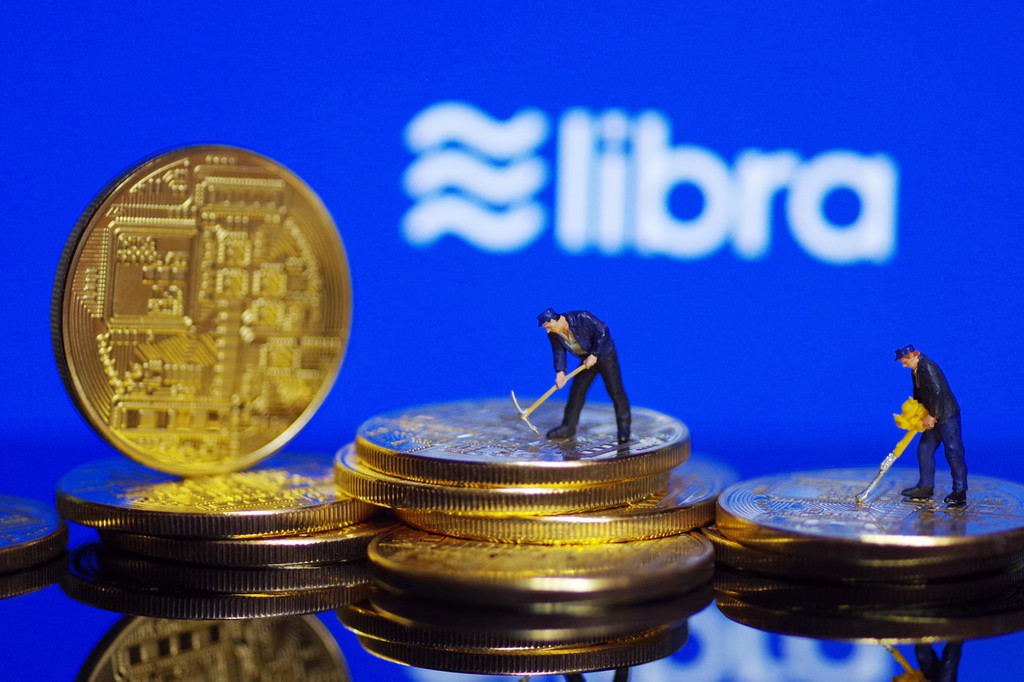Central Banks worldwide contemplate launching their own digital currencies; Is it the – “If we cannot stop them (Cryptocurrencies), we may as well join them” approach? Here’s decoding the future of CBDC’s

Back in 1694, the Bank of England became the very first Public Bank to regularly issue banknotes as an option to coins as a means of payment; three centuries later, it has primarily been tasked with maintaining price stability much like any other central bank across the world.
But these institutions are now abuzz with talk of a revolutionary concept, a form of money you cannot see!
What am I talking about?
I am talking about Central Bank Digital Currencies; yes, you read it right, or CBDC’s as they are called.
According to research, when banks around the world were asked if they were exploring CBDC’s (Central Bank Digital Currencies), 80% of them were exploring the option since the last two or three years, and now the number of banks exploring CBDC’s has risen to almost 90%; previous year itself 40% were experimenting and now 60%, i.e., the majority of Central Banks are now exploring CBDC.

The notion of digital money is not new; many of us have used our debit or credit cards or payment apps for transactions, but what would make a Central Bank Digital Currency different if it were to be used?
What advantages would these banks have if they were to follow CBDC’s route; here is looking as to why Central banks around the world want to launch digital currencies?
One of the significant financial developments over the last few years has been the rise and the popularity of cryptocurrencies. With one in particular, Bitcoin – standing out. Following Tesla’s announcement that it bought 1.5 billion dollars’ worth of Bitcoin in February 2021, the volatile cryptocurrency price surged to new highs, giving it a theoretical market capitalization that is even larger than the world’s two largest payment processing companies – Visa & Mastercard.

Unlike traditional money, cryptocurrencies are not issued by a Central Bank but rather via a decentralized network of computers typically using BlockChain Technology; in fact, even Facebook is trying to get into the act with the 2019 announcement that it would develop its own digital currency know at the time as “Libra” and now renamed as “Ziam.”
And so, at this point, Central Banks started to realize that they were under some threat, and hence the question became that – if we cannot beat them, then should we join them?
Investors in Bitcoins believe that because there is a theoretical cap on the number of bitcoins that can ever be mined, cryptocurrency will become increasingly valuable. This at a time when Central Banks have been printing more money than ever before to arrest the economic fallout from the Covid -19 pandemic.
That is why people sometimes call Bitcoins “Digital Gold”!
Many Central banks around the world are worried that this widescale absorption of these independent cryptocurrencies could weaken their control over the financial system.
This could cause financial instability, especially because cryptocurrencies do not have the legal or regulatory safeguards that Central Bank money does.
So why not issue a digital currency of their own?
Currently, regular bank deposits cash and cryptocurrencies issued by the private sector, such as Diem and Bitcoin, all have a few features that make them useful, but the hope is that publicly available CBDC’s will have all these desirable characteristics.

Hence, unlike your savings in a commercial bank which rely on the banks promise to fulfill, CBDC’s are recognized by law and backed by the power of the Central Bank, which cannot go bankrupt for e.g., if a commercial bank gets wiped out, then potentially your savings will get wiped out too (as has happened in many of the banks that have gone bust in India in the last few months) but this will not be the case for CBDC’s.
Since it can be trusted as cash, as convenient as payment app yet also benefit from the same blockchain technology that governs cryptocurrencies and just like cash, CBDC’s could be distributed in commercial banks without too much disruption to the financial system or the Central Bank having to deal directly with the millions of citizen businesses.

Please think of the bank currencies that is close to cryptocurrencies except they are on paper, but this is money that is issued by the Central Bank and used daily in retail payments; Central Banks send banknotes to commercial banks, and the commercial banks distribute the banknotes through ATMS’s to their clients.
Via this route, it means that everyone could have access to this digital currency which will bring a lot of benefits.
It could make payments faster, allowing for an immediate settlement and no processing delays, and it could also make payments cheaper.
In the U.S., the aggregate cost of making retail payments ranges from 0 .5% – 0.9% of the GDP. Digital currencies would reduce these costs. It also means that more people could have access to electronic payments. Currently, over 1.7 billion adults across the world do not have access to the financial system, and even in advanced economies such as the U.S., almost 6% of Americans do not have a bank account.
Issuing digital currencies could also make it easier for governments to deliver stimulus cash or even go one step further and make targeted payments to those who deem most needed.

So how soon can Central Banks’ digital currency become a reality?
China is the major economy that is most advanced in its CBDC development.
The People’s Bank of China has been running tests of its digital currency since April 2020 with the help of four banks in the country. Tens and thousands of consumers have already been involved in the pilot, spending two billion yuan in over four million transactions.
For China, it could also be a means of reasserting control over a financial system challenged by the rapid growth of fintech companies.
Ant Pay and WeChat are the dominant payment technologies in China, and they are in the hands of Alibaba and Tencent, and if Beijing can wrest that back, they surely will.
And the way that the e – yuan is set up and in such a way that it will still be effectively integrated with the commercial banks and is a direct challenge to the payment technologies.
China is ultimately trying to displace them. The e- yuan is going to have its own digital wallet at the commercial bank, and over time people will probably just find it more convenient to use and thereby displacing Ant Pay
Additionally, there may also be a geopolitical consideration for China, providing a mechanism to shift away from using the U.S. dollar.
But it is not only China even the European Central Bank has plans for digital euro though it may be a few years before it is available, but before the banks can move forward they are specific issues that the banks will have to address these are –
- Anti-Money Laundering
- Financing of Terrorism
- Privacy of users and all their information
- The appropriate technology that will carry the digital currency
And hence it is estimated that the project will probably take two-four years (Western Countries) before it is launched.
So, what are the chances of CBDC’s success?
A lot depends on how much people will use CBDC’s and no central bank wants them to completely replace the traditional cash but rather to complement it.
One risk associated with CBDC is that in an extreme situation, such as after a financial crash, you could see people withdrawing their deposits from commercial banks and opting to store their money in digital currencies backed by the Central Banks.
Hence the trouble would be if CBDC’s would replace bank deposits in a large amount- because what could happen is that savers could shift their savings from banks accounts to CBDC, this would then lead for banks to have a problem with funding, and this intern may have a problem with the financing of the whole economy.
As we move more towards a more cashless society, will Central Bank digital currencies ever become as trusted and convenient as banknotes? It is quite possible, but it may take years.




